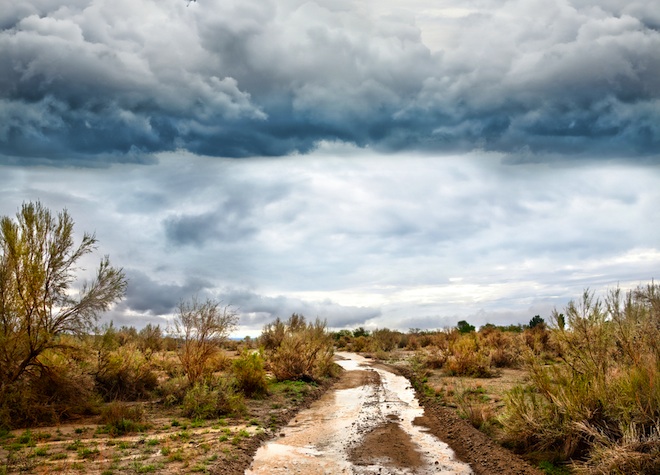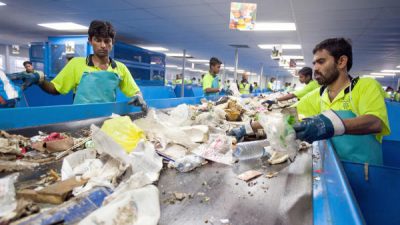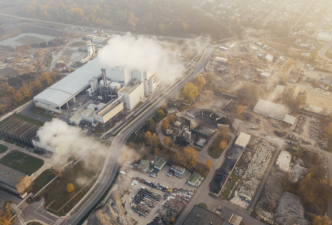 Desertification, water scarcity and food security are among the most important byproducts of rising temperatures due to increased CO2 emissions, but researchers from the Commonwealth Scientific and Industrial Research Organization (CSIRO) in Australia have found that higher CO2 concentrations are also greening the Middle East.
Desertification, water scarcity and food security are among the most important byproducts of rising temperatures due to increased CO2 emissions, but researchers from the Commonwealth Scientific and Industrial Research Organization (CSIRO) in Australia have found that higher CO2 concentrations are also greening the Middle East.
Since the 1980’s, satellite images have recorded a gradual greening of desert areas, a phenomenon scientists have long suspected is caused by higher concentrations of carbon dioxide in the atmosphere, Physorg reports.
In order to solidify the connection between increased plant coverage in arid regions, such as the Middle East, the Australian outback and the Southwest corner of the United States, and higher CO2 levels, CSIRO researchers designed a mathematical model to plot what they call the carbon-dioxide fertilization effect, and then compared their predictions with satellite imagery capture between 1980 and 2010.
Once adjusted for precipitation, air temperature, light, and other factors that could contribute to increased greenery, the model came remarkably close to predicting how much more green coverage should result from the higher CO2 levels.
The model showed that a 14 percent increase in CO2 would result in a 5-10 percent increase in foliage compared to an 11 percent increase recorded in satellite images.
Although higher temperatures due lead to increased drought and desertification, plants are able to perform photosynthesis more efficiently in the presence of more CO2.
Lead researcher Randall Donohue told the paper that “a leaf can extract more carbon from the air during photosynthesis, or lose less water to the air during photosynthesis, or both, due to elevated CO2.”
This affect does not occur in tropical regions that already have dense vegetative cover because they are already “maxed out” as it were. In dry regions, if there’s sufficient water, plants will work overtime to create more leaves.
“If elevated CO2 causes the water use of individual leaves to drop, plants will respond by increasing their total numbers of leaves, and this should be measurable from satellite,” Donohue told Physorg.
It then stands to reason that increased vegetation would absorb more carbon dioxide emissions, one of the few positive feedback loops associated with climate change we have seen.
:: Physorg
Image of green desert area, Shutterstock




I have your CO2 solution, if you want it all you have to do is say so? It’s just as easy as the water condensation station on http://www.indiegogo.com just ask me?
T. A. Tubman
If plants are dead from drought the CO2 is no good to them.